I’ve received several requests to test the 20-35 against the 32-64 at 32 mm for field curvature.
I started with a tree 100 meters away in the center of the image.
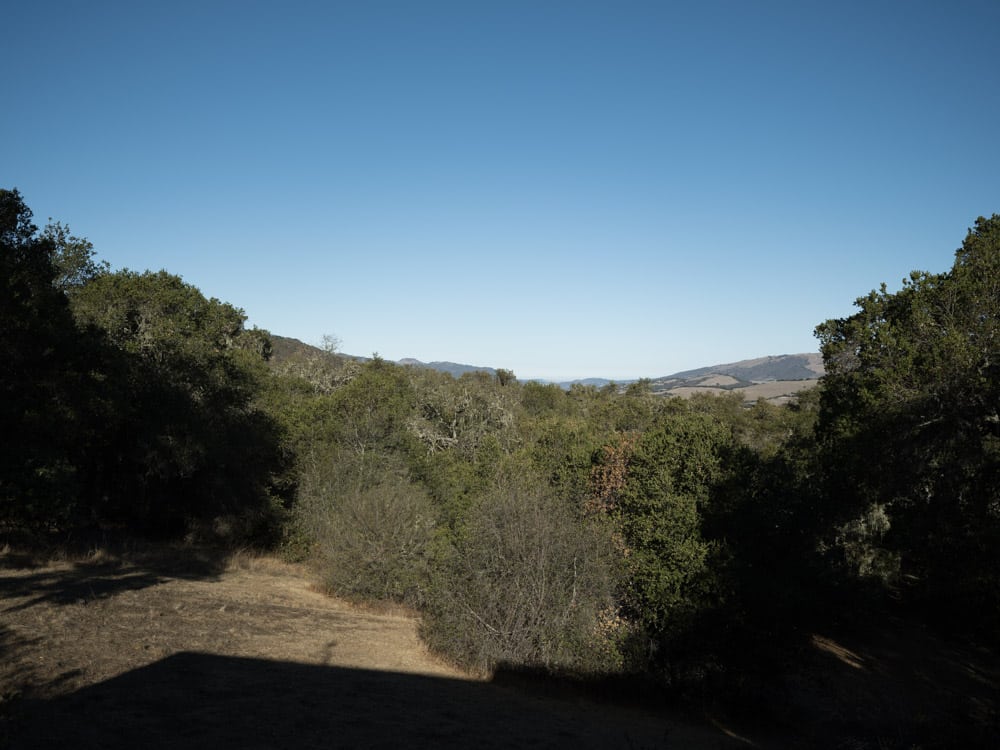
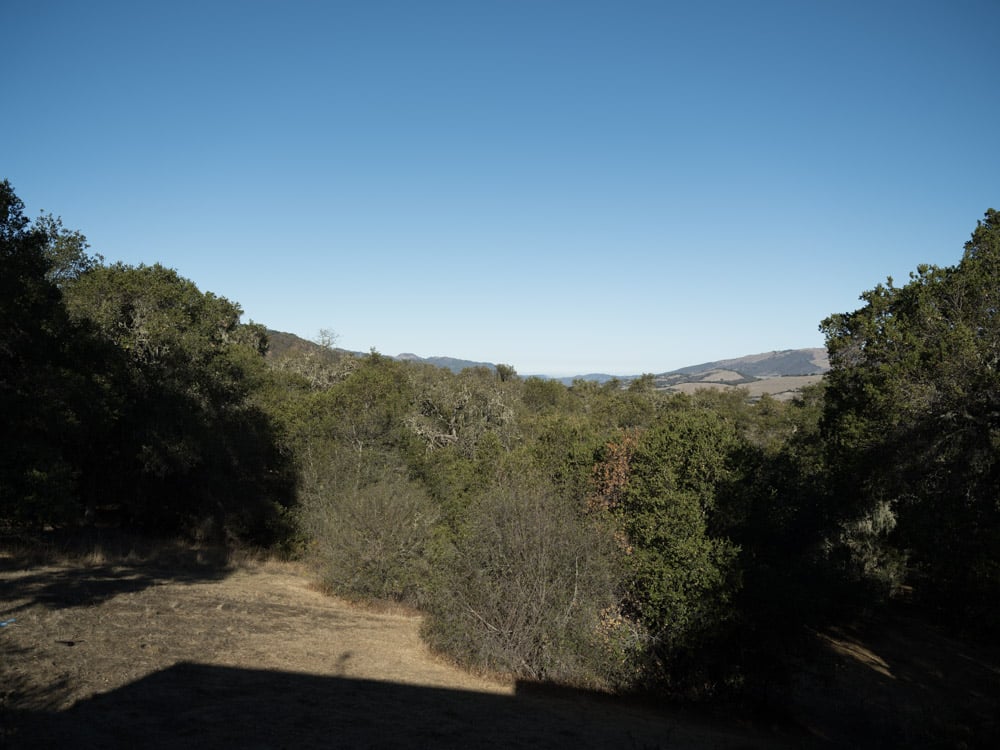
I panned the camera so that the tree fell on the right side near the edge. I made pictures focusing in the center, and also without refocusing from the point where the tree was sharpest in the center. I made two sets of images, and picked the sharpest ones. The Fuji manual focusing at high magnification with peaking is good enough that both sets of images were about the same sharpness.
I used the side instead of the corner a) because it was easier, and b0 because I thought it was more realistic for landscape photography, where the subject distance at the corners of the image is usually not the same as to the center.
Details:
- GFX 100S
- 2-second self timer
- ISO 100
- Manual focus
- Low red peaking
- Maximum magnification
- RRS legs, C1 head
- Developed in Lr CC with defaults except for
- Adobe Standard Profile
- Sharpening amount 20, radius 1, detail 25
- Daylight color balance
Here are some crops at about 250% magnification.
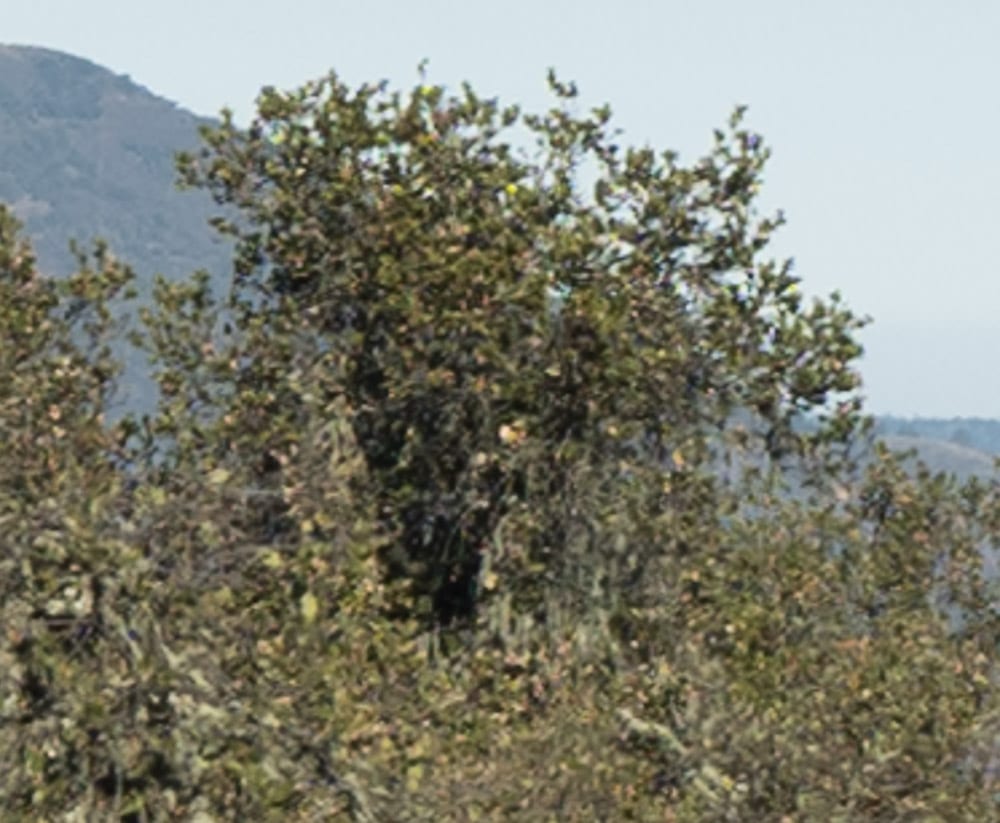
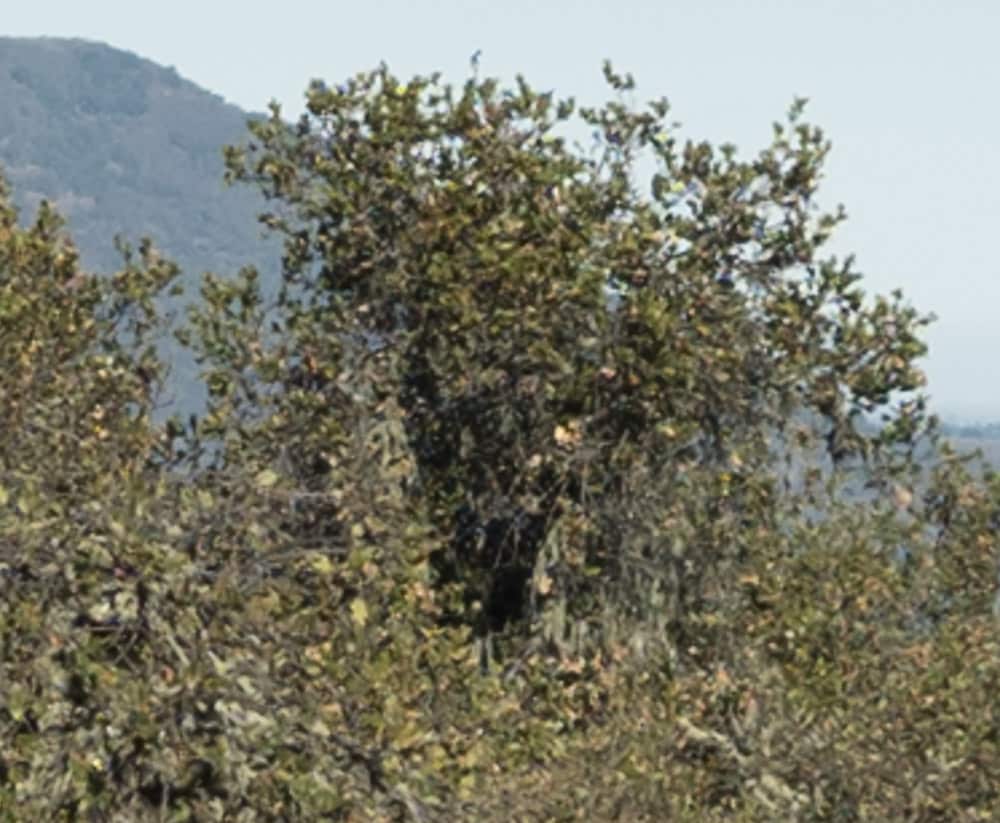
The 32-64 is a little sharper.
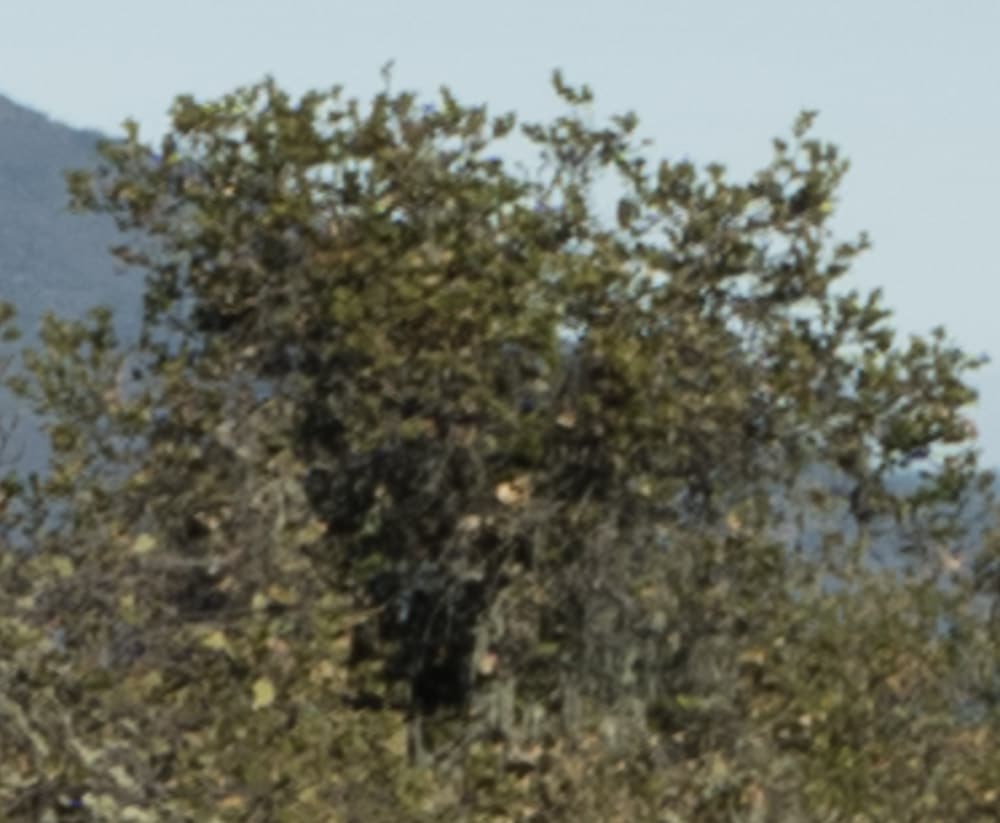
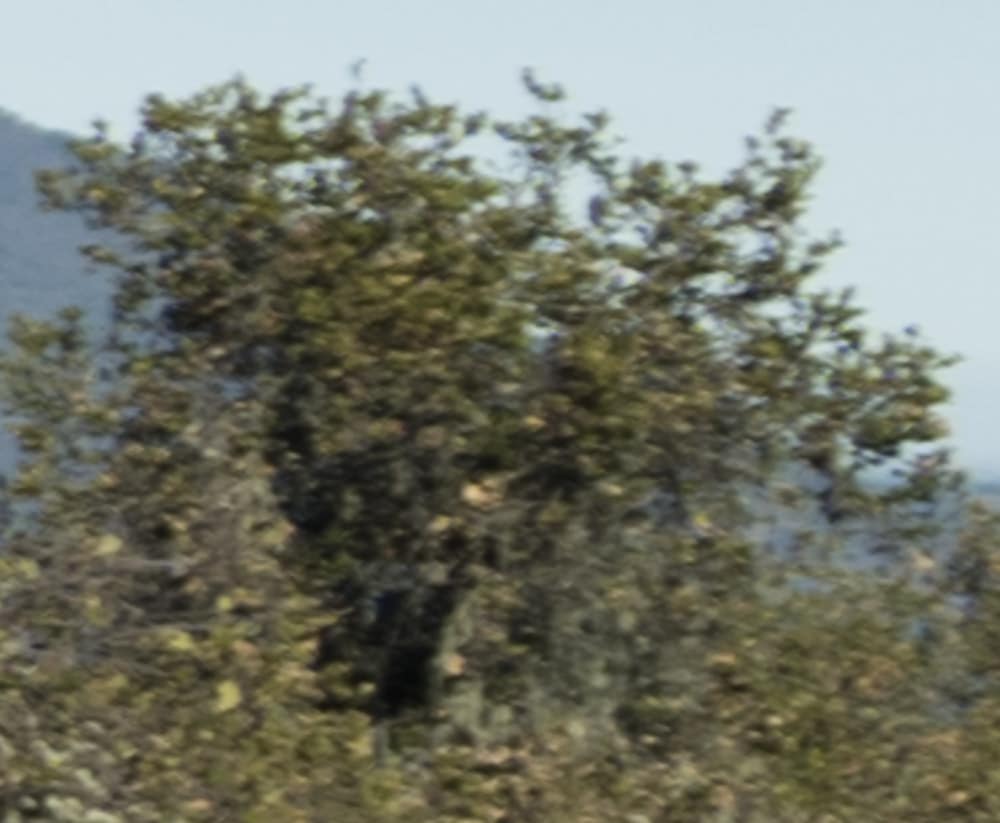
The 20-35 is better.
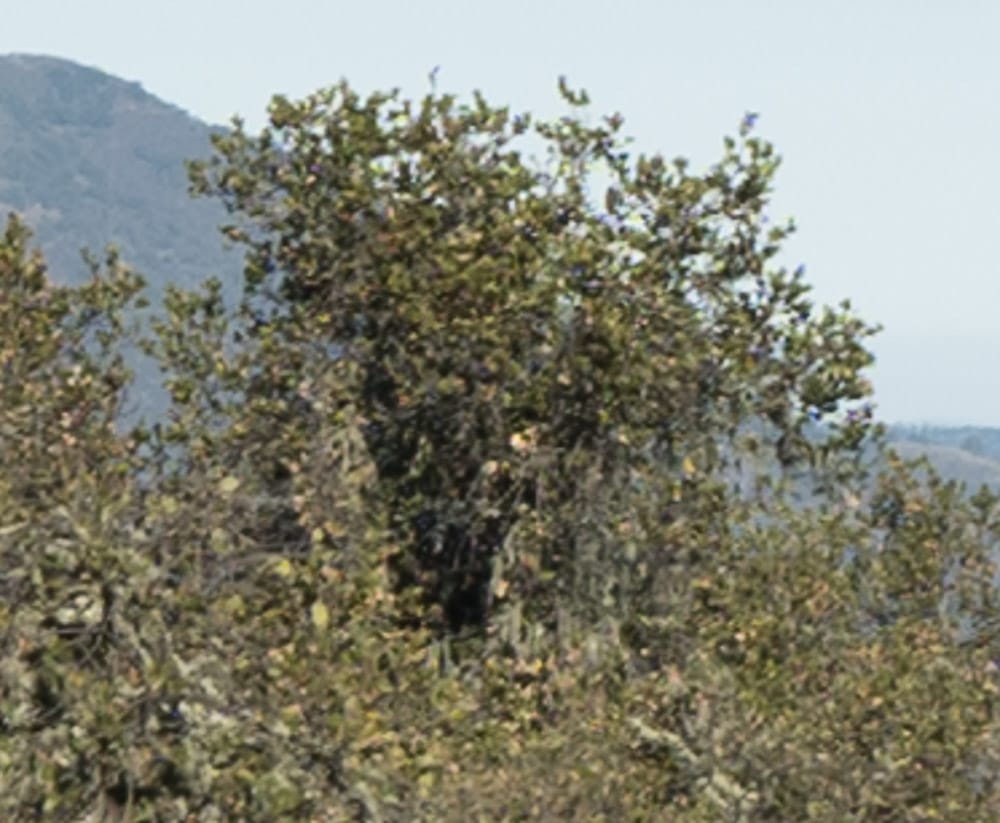
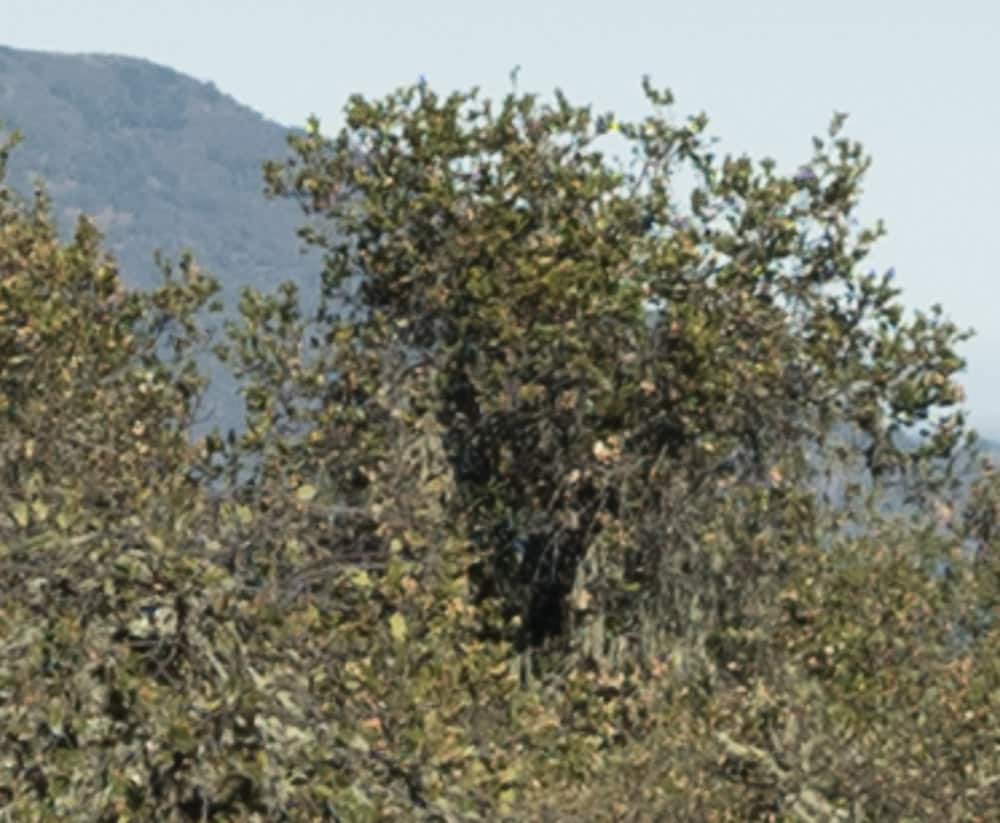
About the same.
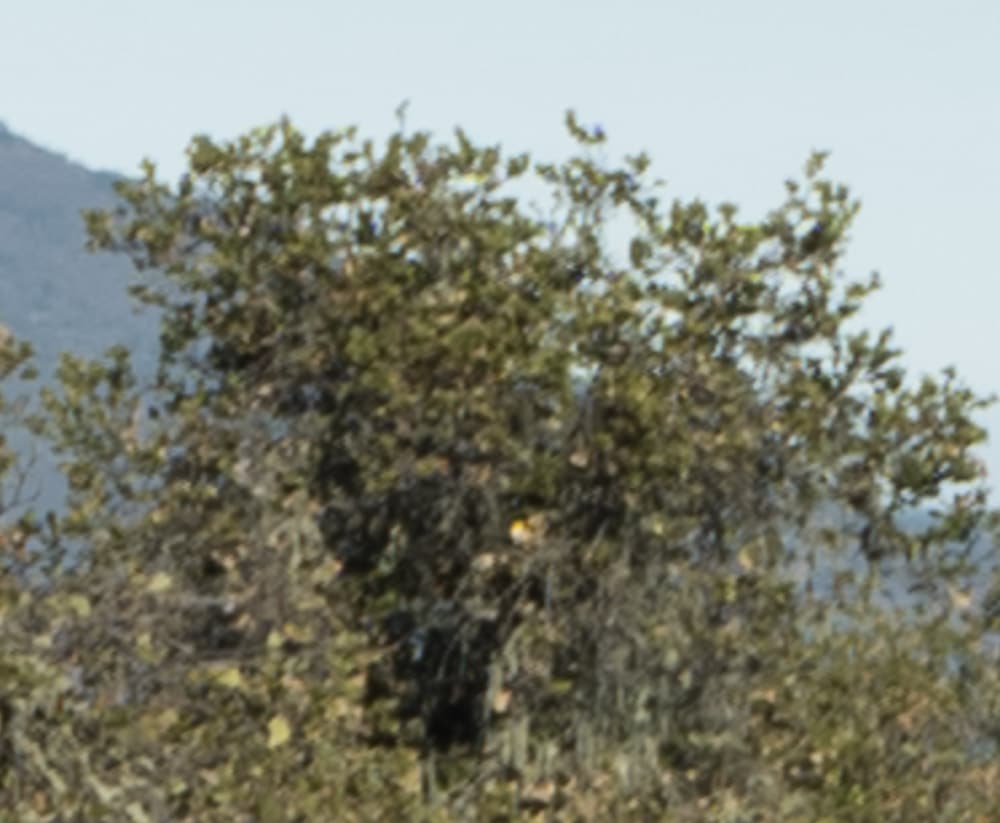
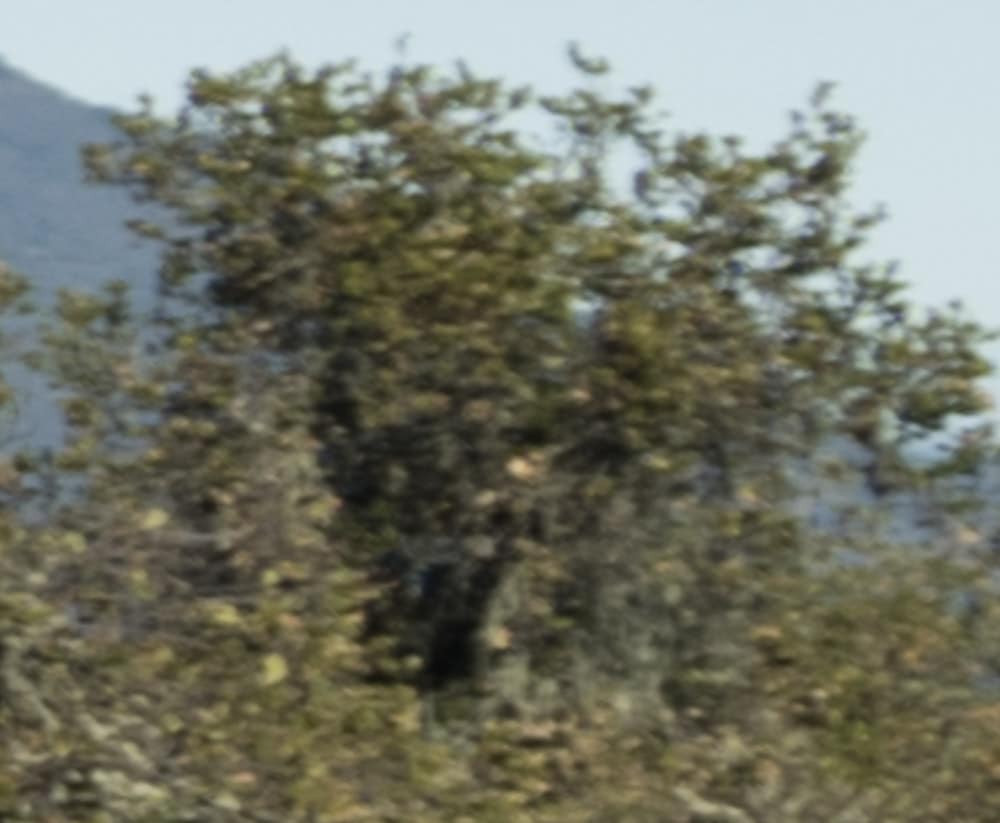
The 20-35 is better.
A reader suggested that the 32-64 f/5.6 edge picture above looks to blurry when compared to the f/4 image. I went back and dug up the other shot:
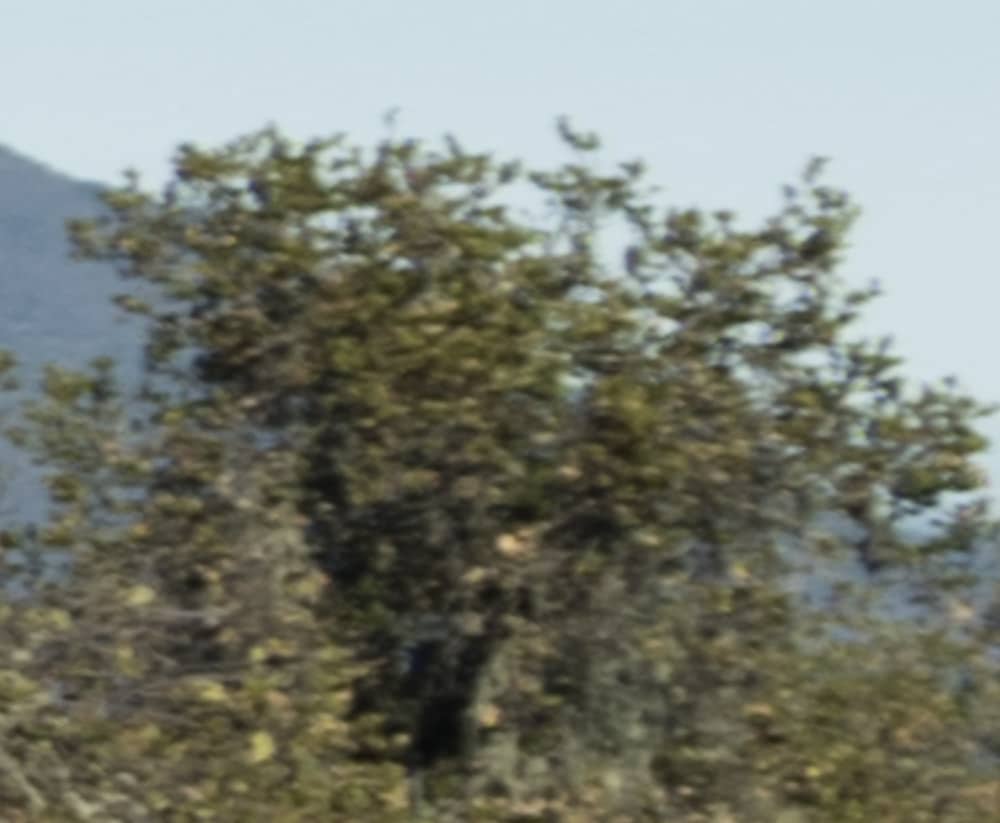
It’s a little better, but it’s still not quite as good as the 20-35.
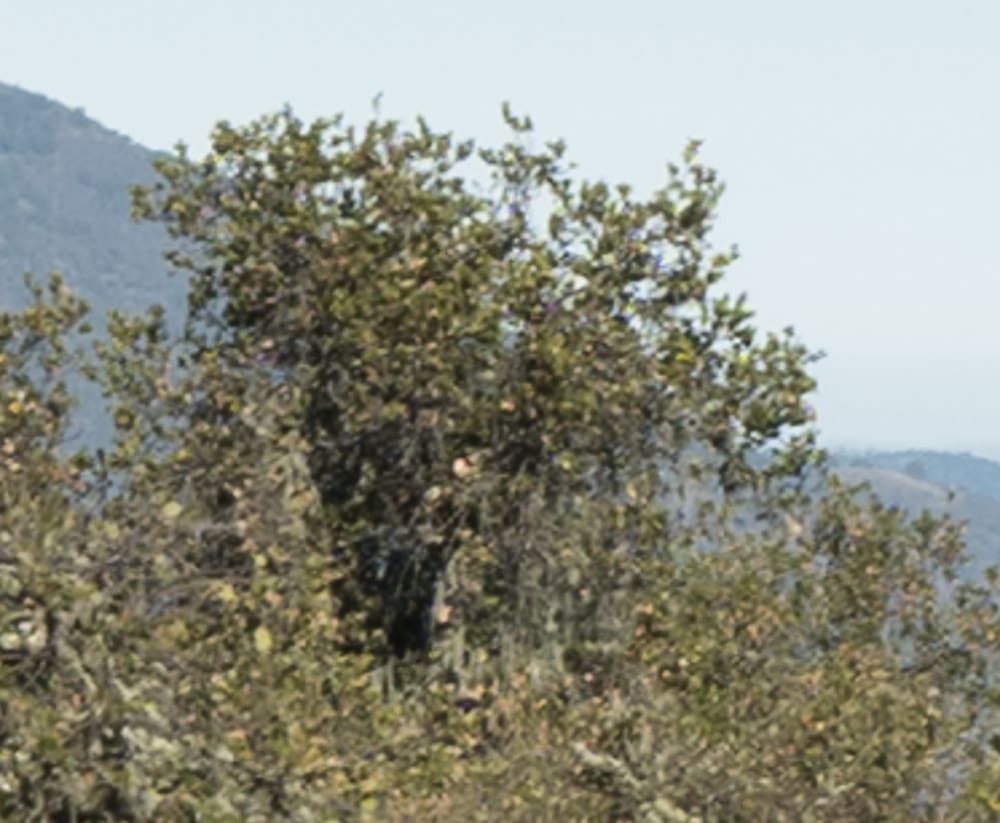
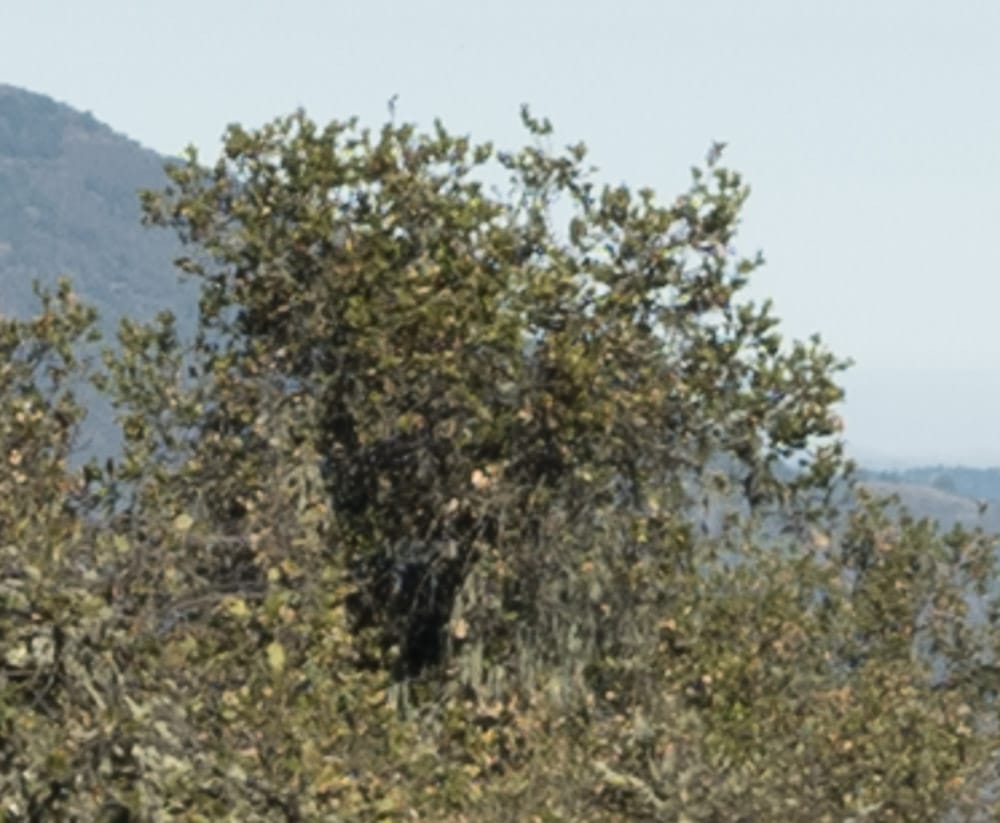
About the same. The 20-35 has more contrast.
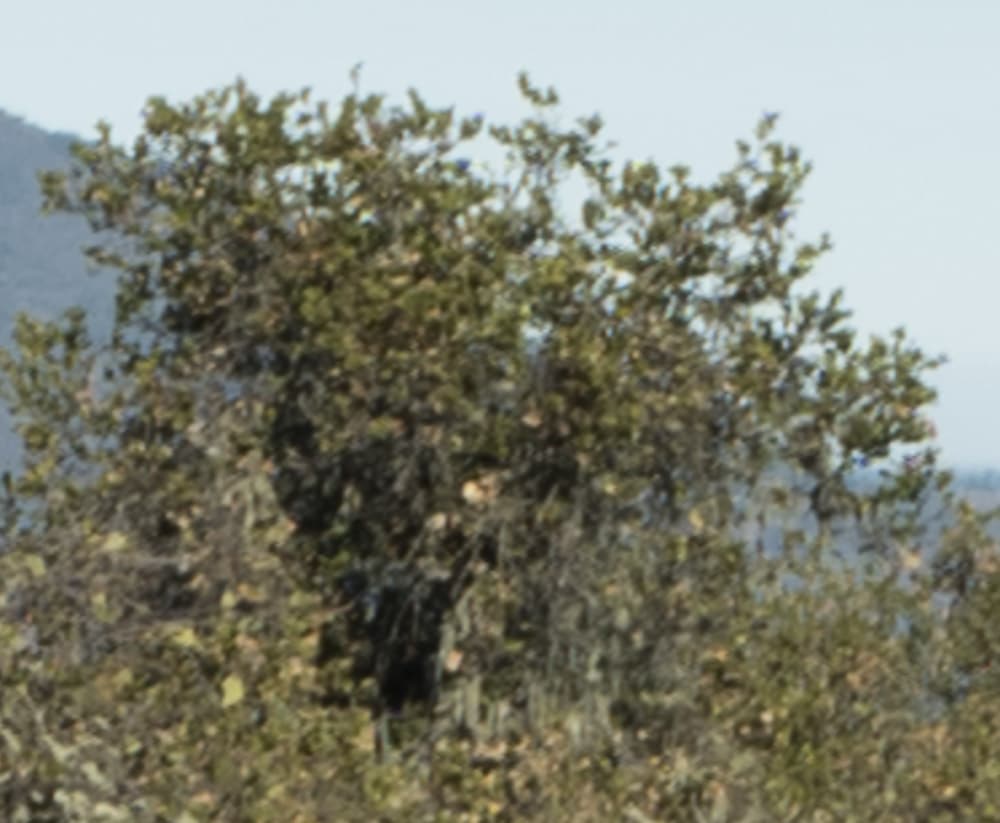
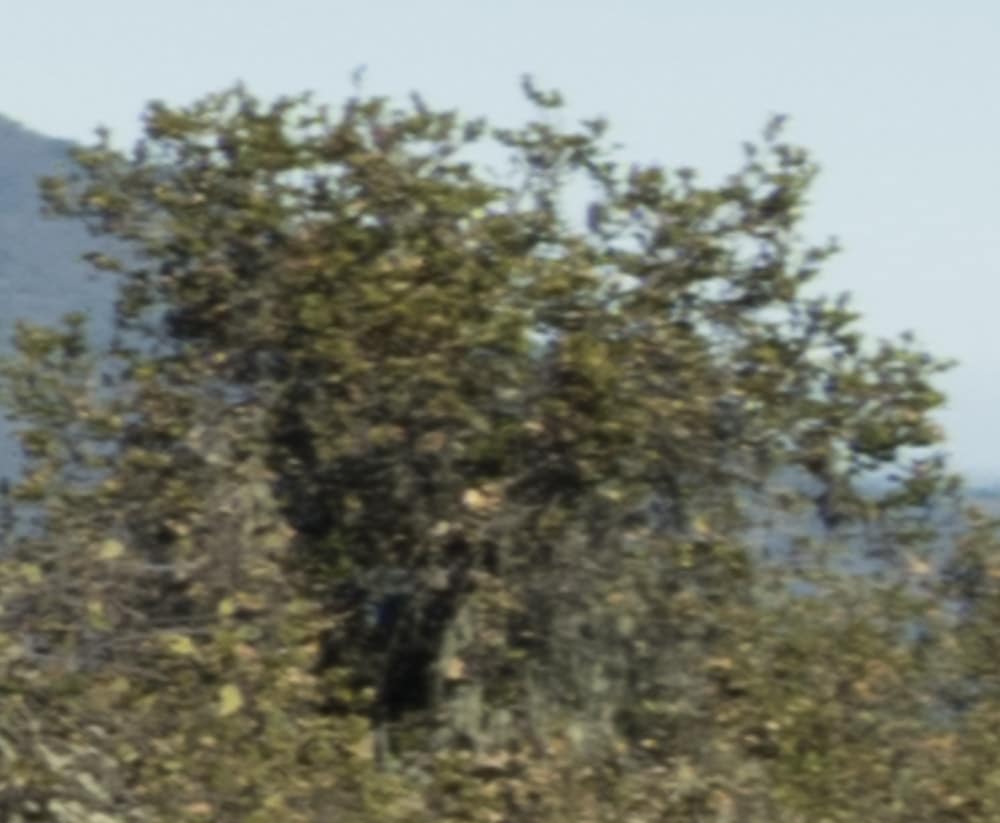
The 20-35 is better.
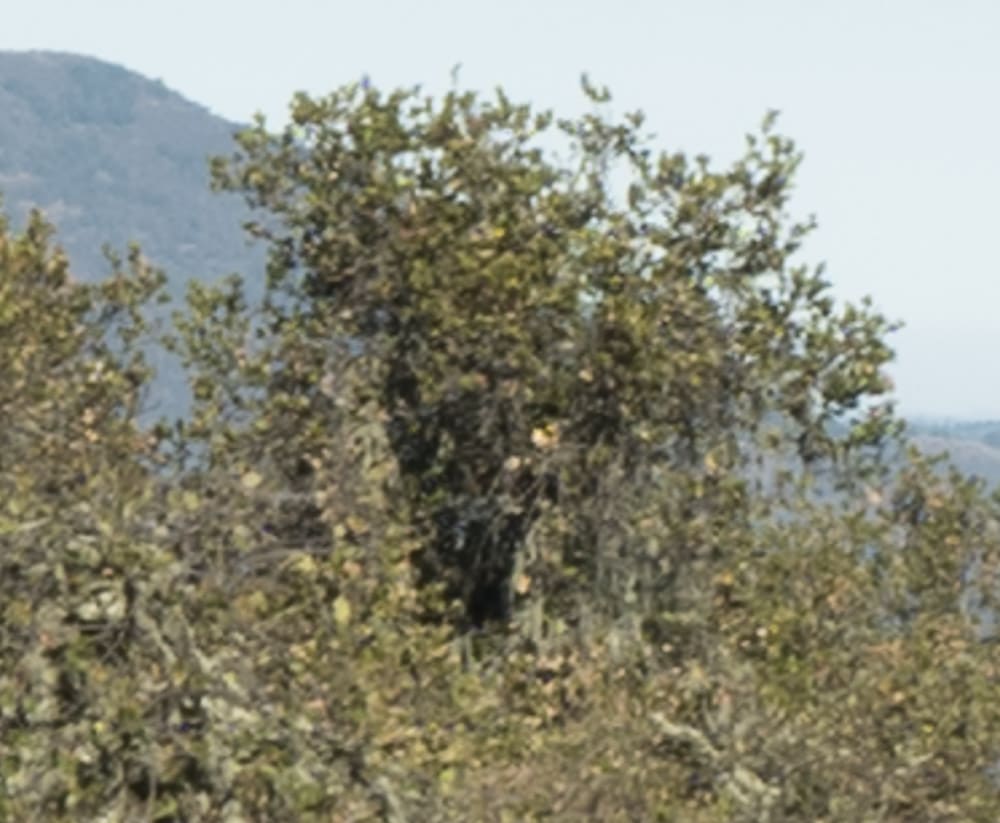
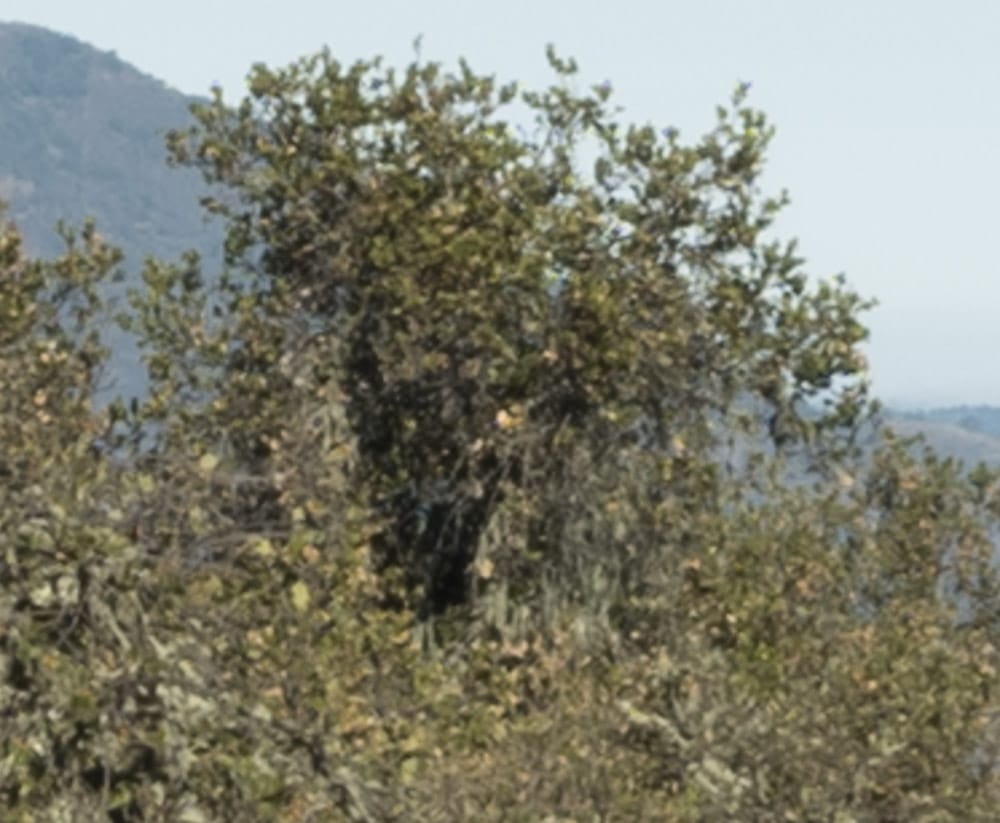
About the same.
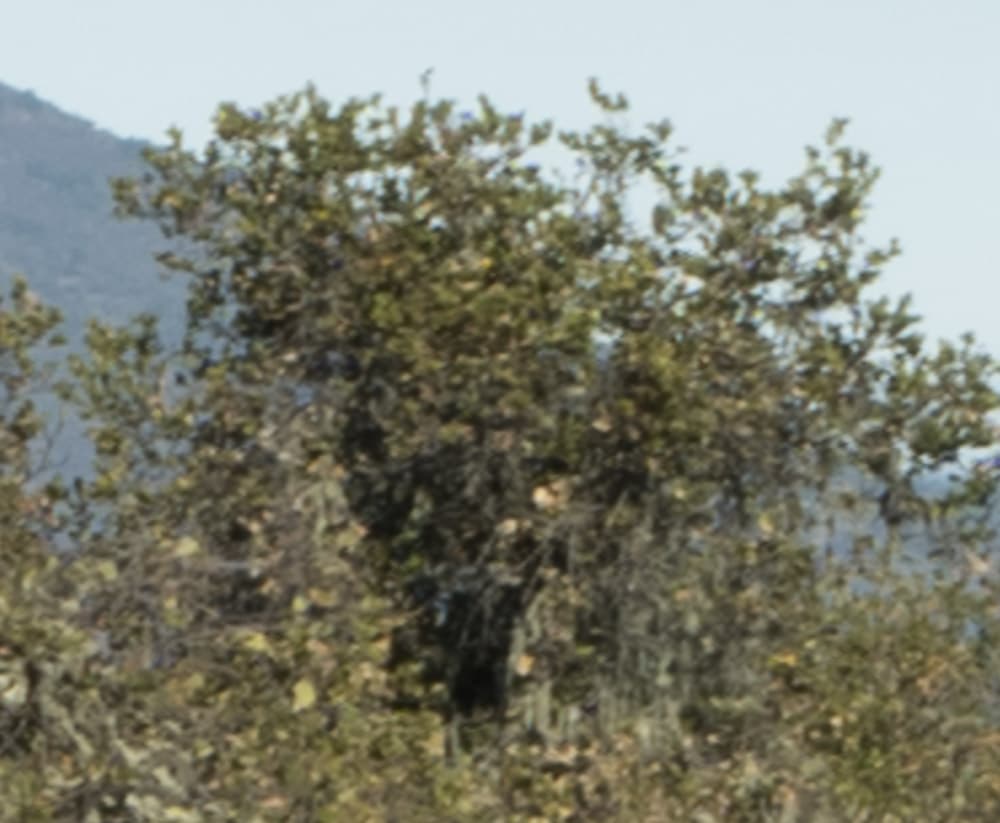
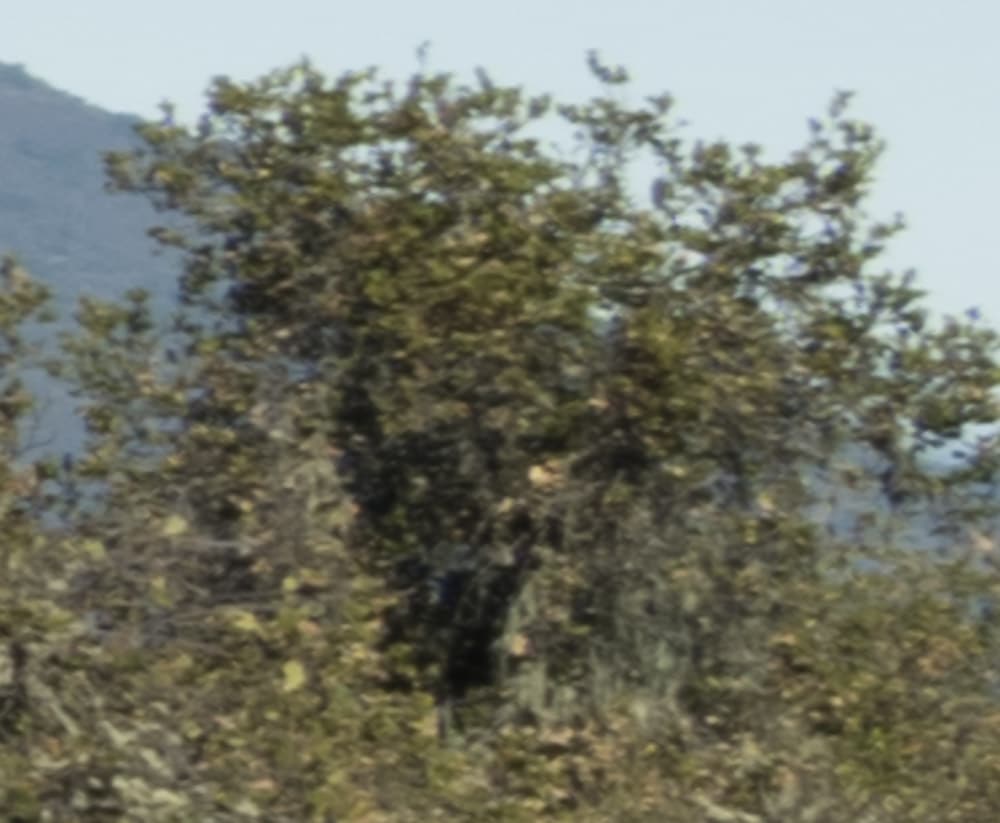
The 20-35 is better.
Wow not what I guessed. Thanks again
Thanks, Jim!
That’s a very interesting comparison. It looks to me that Fujifilm spent really big effort into the design of the 20-35.
jim . is the edge sharpness of the 20-35 significant enough to shy away from the 32/64 ? center shots seem to be about equal ..?
i continue to try to evaluate my 32-64 with 100s in the field with different apertures and iso’s and SS .. for seascapes and flower closeups
not to mention what the optimal focal
length is .. but i test that from 32, 40. 50, 64
(seems the mid range is the best??)
Unless you have issues with the field flatness on the 32-64, you might as well use it in preference to the 20-35 if that is more convenient for you. It really depends on the zoom range that works for the kinds of pictures you are making.